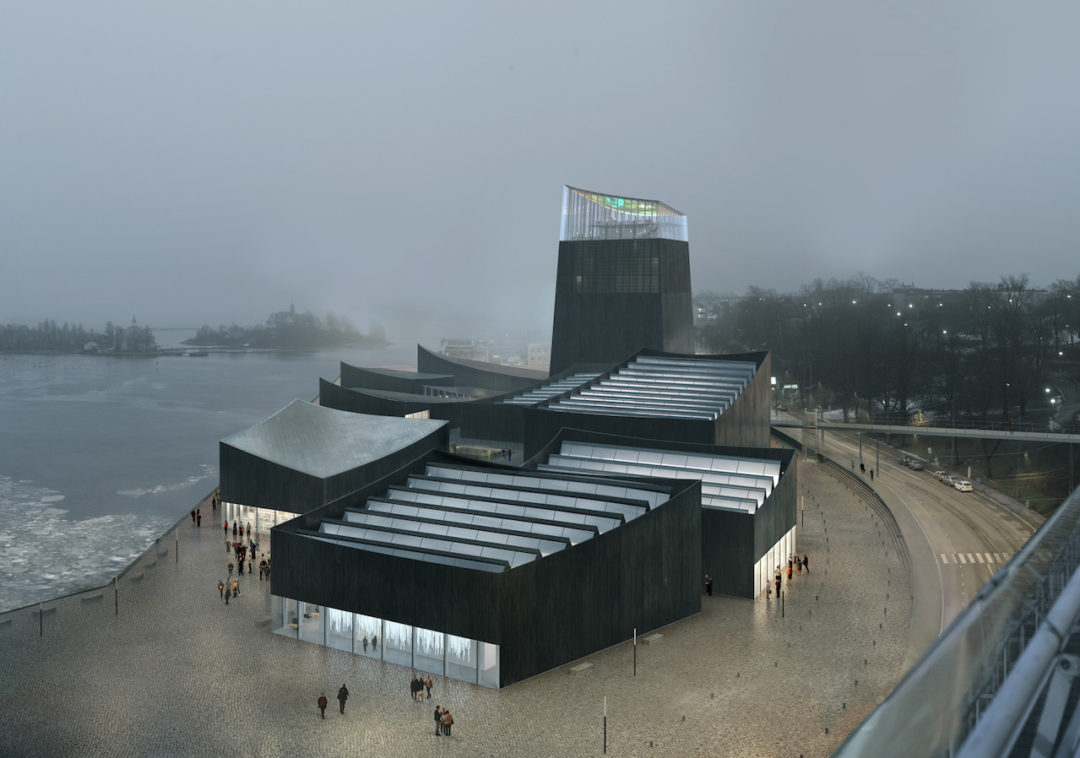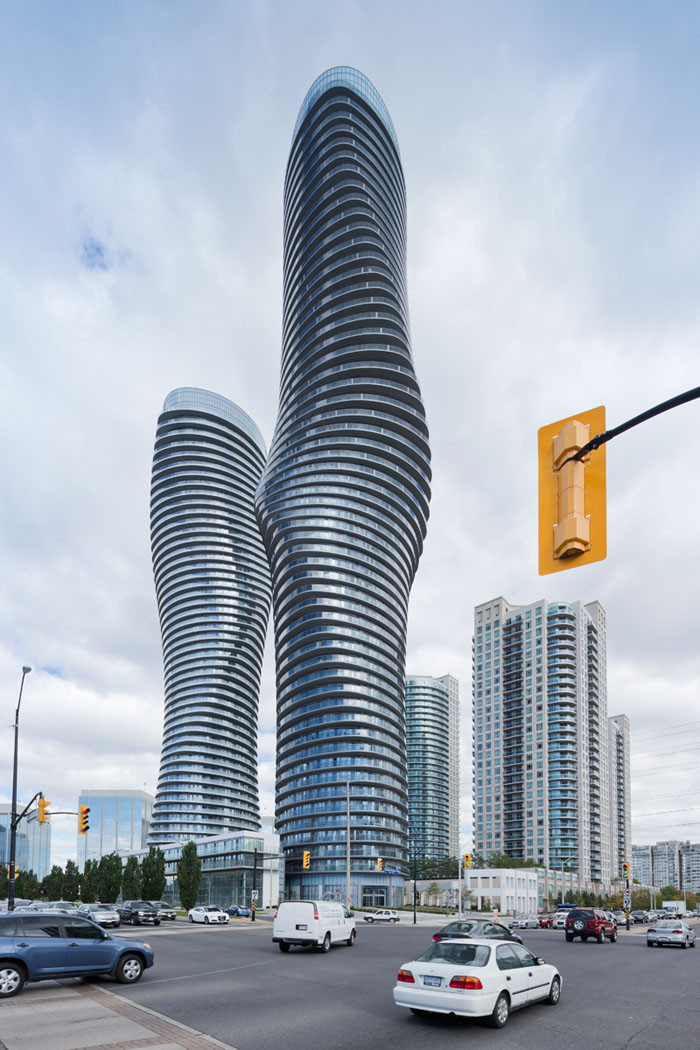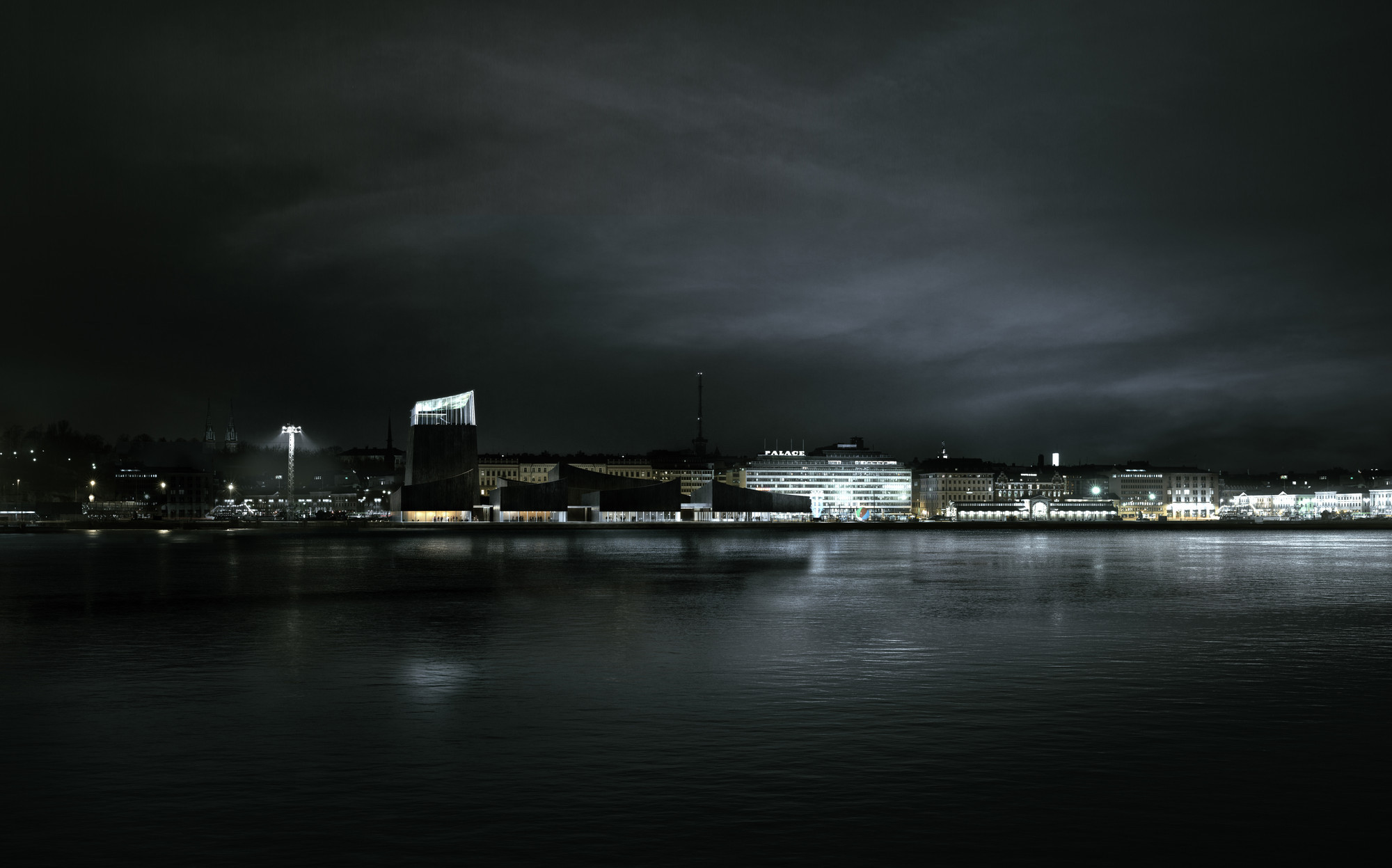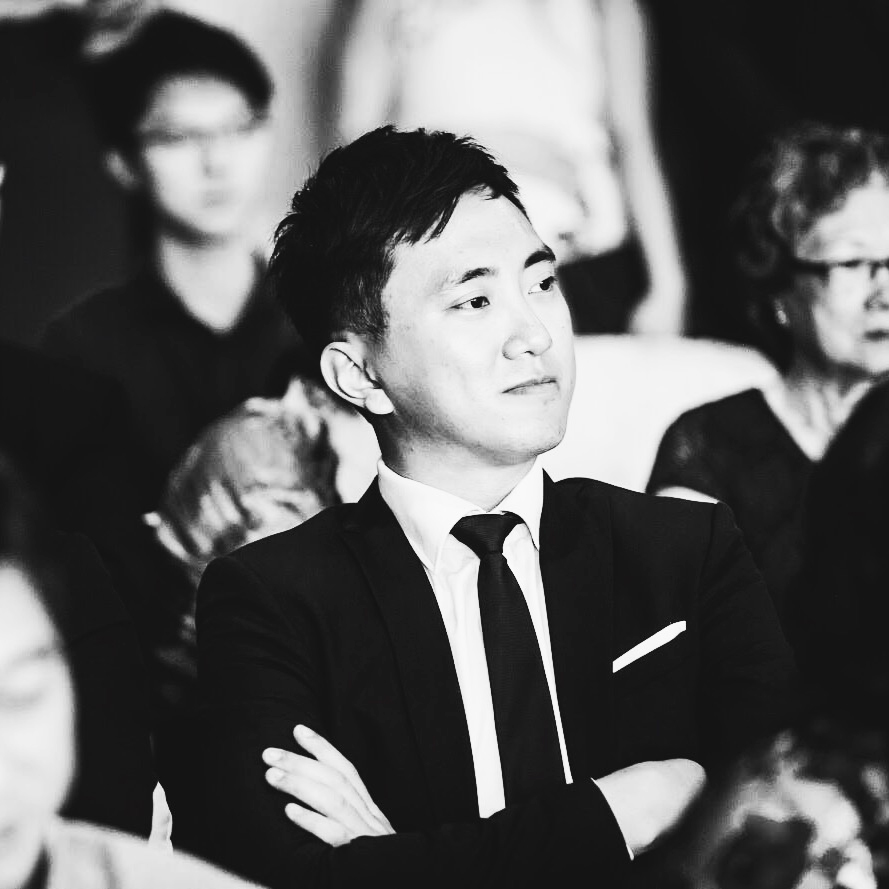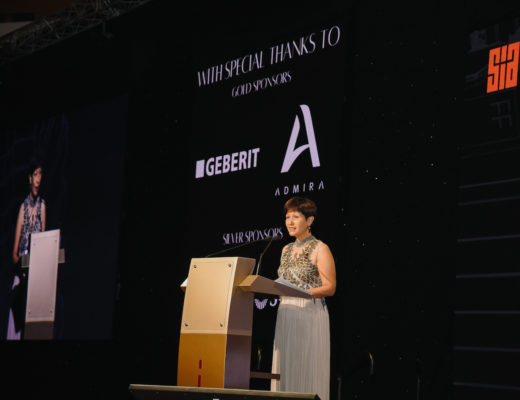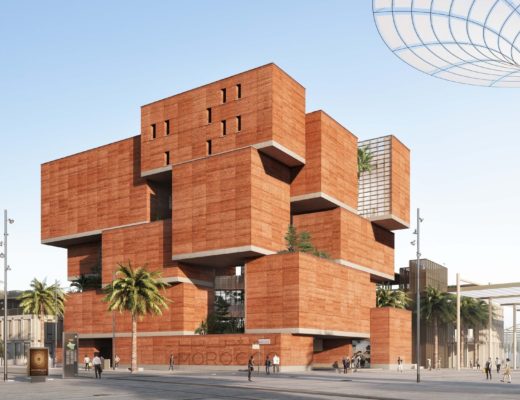Architecture competitions have been known to launch the careers of many well-known architects. However, there are critics who argue against the benefits of this practice citing the huge amount of financial resources a well as the time involved to participate in these competitions. Architect Lawrence Scarpa, one half of Los Angeles-based firm Brooks + Scarpa Architects says that such competitions weigh heavily in favour of the clients, and even if they are well-compensated, the deliverables expected are far greater than what architects receive as compensation. Today, on the occasion of World Architecture Day, architectural designer Bryant Lau, who is a winner of several competitions himself, explores the role that these competitions have played in shaping the stellar careers of famous architects with the help of three case studies.
International competitions as a stepping stone to a successful architecture career
Absolute Towers by MAD Architects, Vietnam War Memorial by Maya Lin, and Pompidou Center by Richard Rogers and Renzo Piano. The list goes on forever; and these projects are merely a fraction of an inexhaustive list of architecture entries that have won major competitions at the world stage – paving the road ahead for stardom and effectively kick-starting one’s architecture career. In the past, even if an architect’s entry failed to win an international competition, he or she will still have his entry exhibited and widely publicised – serving as a form of marketing in itself. A losing entry is never truly for naught. However, in this day and age of social media and digital presence, have international competitions become too saturated? Can architecture competitions still retain their purpose as a platform for emerging architects?
Absolute Towers by MAD Architects
The value of winning, and the impact that followed: MAD Architects was founded by Ma Yansong in China back in 2004, and for the first two years, the firm did nothing but architecture competitions as they were unable to secure sufficient projects in its home country. Within this timeframe of a mere two years, they completed close to 100 design proposals – averaging out to roughly one project produced per week – a ridiculous pace even by today’s standards.
However, they lost every single one of them except one particular project – a residential entry in Canada, known as Absolute Towers. And it was this project that propelled them to stardom on the world stage. Ironically, their success overseas led to local projects; even though it was their frustration of failing to secure local projects that led them to participate in overseas competitions in the first place. As of now, the majority of their projects are based in China, with museums and cultural centres making up most of their portfolio. This specialisation is in part due to their focus in the abstraction of Shan Shui philosophies that originated from the Chinese culture itself – but one cannot discount the fact that it was still international competitions that led them to prominence to begin with.
Guggenheim Helsinki Museum Entry by Moreau Kusunoki Architectes
The pain of winning, and its residual effects: Even though winning international competitions has proven to propel the careers of numerous architects, it is not always a guarantee that winning would reap such tangible rewards. In the case of the Guggenheim Museum in Helsinki competition back in 2014, Moreau Kusunoki Architectes emerged victorious out of an intensely competitive pool of 1,751 entries, and their proposal was envisioned by many professionals and critics alike as a watershed moment in architecture if built. However, the project has since stalled as the Helsinki City Council voted against advancing the project to build stage in 2016.
Without realising the project in concrete form, the design fees alone would be insufficient to justify the resources put in such a major competition, not to mention the other 1,745 entries which would not be paid anything – the top six finalists were paid €100,000 each. Nevertheless, the competition still put Moreau Kusunoki Architectes – then a relatively unknown and young firm in Paris – on the industry radar.
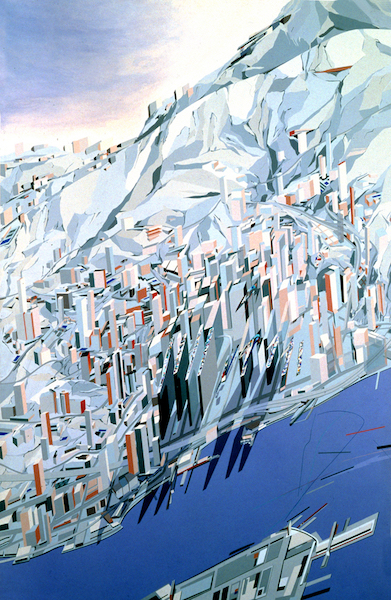
The Peak, Hong Kong drawings by Zaha Hadid Architects have been showcased in several exhibitions around the world.
The Peak, Hong Kong by Zaha Hadid Architects
The greatness of losing: For every winning architecture entry, there lies a compelling list of projects that never got to see the light of day. Palace of the Soviets by Le Corbusier, Tribune Tower design by Eliel Saarinen, and The Peak by Zaha Hadid Architects. Even though these projects did not manage to secure the first place, they benefitted greatly from the hype that these competitions generated. In the case of The Peak in Hong Kong, it was widely considered by many as Hadid’s breakthrough project and an anchoring moment in her design career, even though the project was never built. Despite losing, The Peak allowed Zaha Hadid to explore her interests in “lightness, floating, and fluidity” through her interplay of drawing elements that revolved around dynamism and distortion, themes that still remain relevant in the works of the late architect’s firm today, four years after her passing. Even now, drawings of The Peak are still remembered by many, evidenced by its exhibition in MOMA (Museum of Modern Art) in New York. This scenario proves that international competitions do not exist solely for promotion, and big breaks, but also as a platform for something that can be argued to be even more crucial in one’s architecture career – the chance and opportunity to develop and explore one’s own style and architectural language. In the case of The Peak, Hadid’s entry might have ended up doing more in developing her own voice and design thinking than whatever conventional benefits that winning architecture competitions can bring.
The future of competitions in bringing the community together
As we enter the new decade, the value of international competitions as the platform to propel one’s career is threatened by the proliferation of the internet and the countless competitions spawning out of nowhere. Some of these competitions are shady in nature and unprofessional, prompting participants to pay a certain amount with minimal or even no official monetary reward. This can create ripple effects by threatening the value of an architect’s work and designers in general, as an architect has to “pay” the organisers to develop his idea instead of the other way round.
Nevertheless, this liberated trend of competitions also has its benefits, evidenced by the case of numerous international competitions brought forth recently with the theme of Covid-19 in mind, and specialising in not just housing itself, but urban spaces and even interior set-ups. They seem to possess the capacity to gather people together to work towards a common goal of attempting to solve a problem. Perhaps the future of international competitions will start to steer towards competitive collaboration instead of individualistic competition – prompting a new way of bringing designers and architects together as one community.
About the author:
Bryant Lau is a young Singaporean architectural designer interested in prototypical typologies and urban morphologies. His passion has led him to participate in over 50 international competitions. The list of his accolades includes the coveted title of the emerging designer of the year for IDA International Awards for years 2011 and 2012, and more. His projects have been exhibited and published internationally in cities such as London, New York, Chicago, Taiwan, China, Mexico, Berlin, and Singapore. Apart from architecture, he enjoys time off visiting cafes and reading non-fiction.
You might also like:

